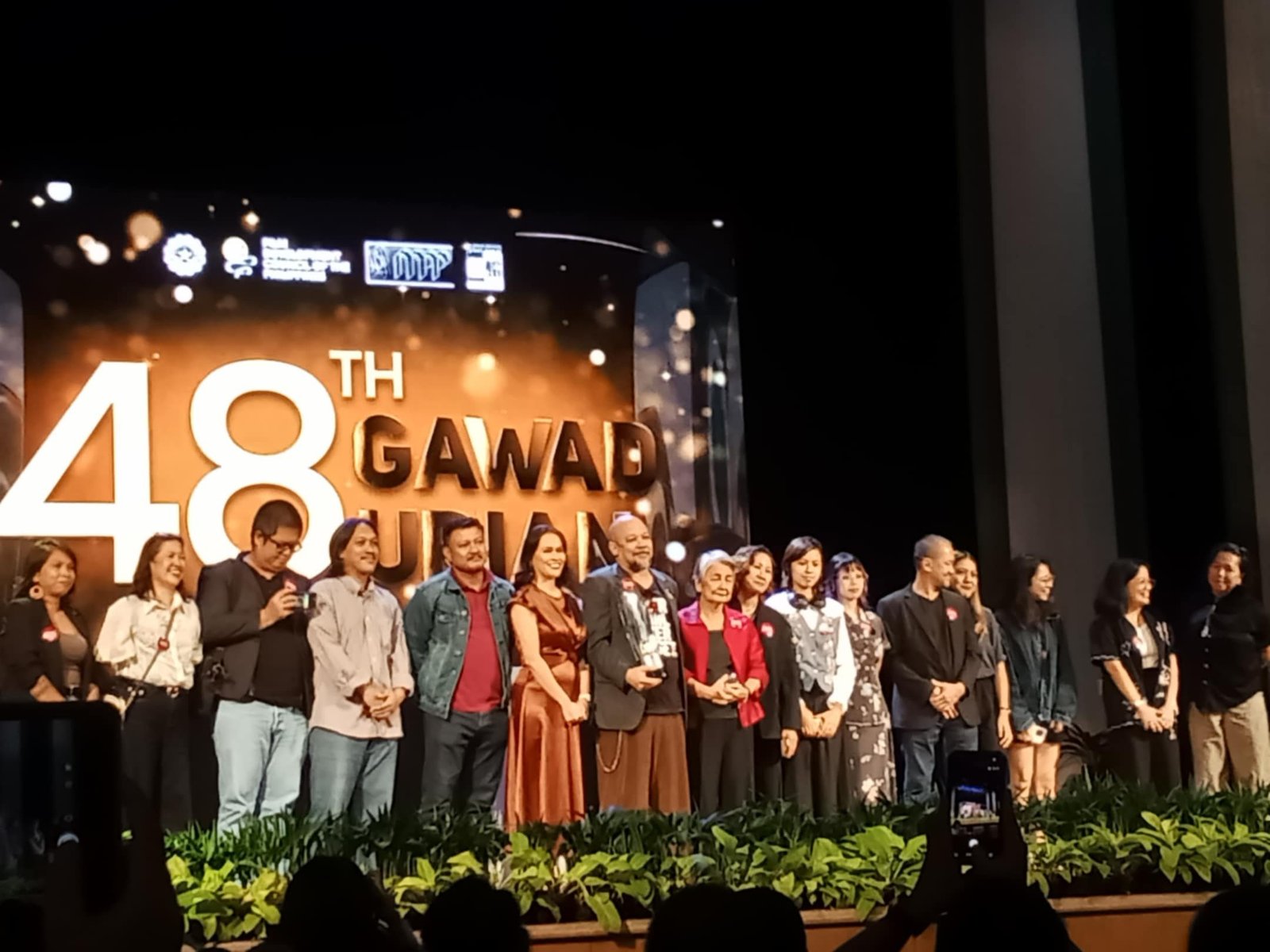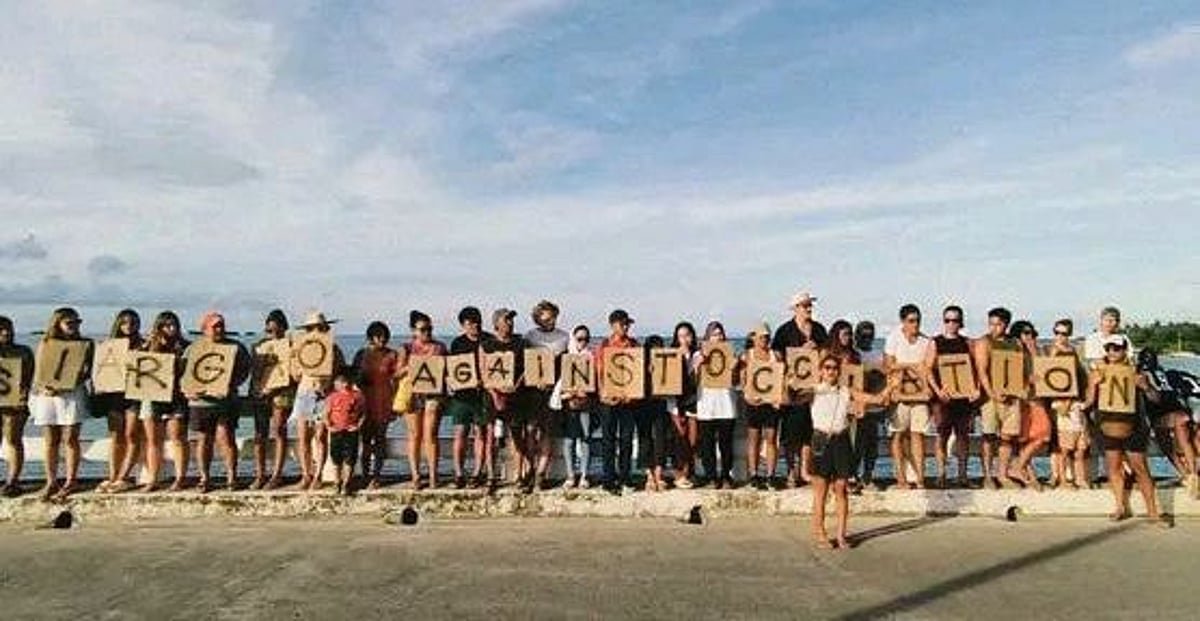MINDANAO is nearly three times the size of Taiwan, 88 times bigger than Hong Kong, and 136 times larger than Singapore. Strategically positioned in the southern Philippines, it serves as a vital gateway to the Brunei Darussalam-Indonesia-Malaysia-Philippines East Asean Growth Area (BIMP-EAGA) and the rest of the country.
Mindanao is home to some of the most beautiful islands in the Philippines, including Siargao, Tawi-Tawi, Basilan and Jolo.
Palafox in Mindanao
We at Palafox recognize this great potential, and already have multiple noteworthy projects in the region. The Sultan Hassanal Bolkiah Masjid in Cotabato City is the largest mosque in the Philippines and the second largest in Southeast Asia, with the capacity to accommodate up to 15,000 people. Also known as the Grand Mosque of Cotabato, the majestic Islamic landmark for worship features 14 majestic gold domes and four minarets up to 40 meters high. Its design was inspired by the modern and classical masjids in Turkey, Dubai and the Arabian Gulf, and has incorporated the architectural character of Filipino Muslim culture.
Get the latest news
delivered to your inbox
Sign up for The Manila Times newsletters
We also worked on the Metro Davao Urban Master Plan. We envisioned a sky garden above Roxas Avenue that promote green spaces and interconnectivity among the buildings. We also planned a seamless public transportation system that connects Davao del Sur, Davao City, Davao del Norte, and Compostela Valley. Furthermore, Davao is a major gateway to the rest of Mindanao; we imagined the Metro Davao aerotropolis as connected to the public transit systems and with spaces for an ICT park, logistics hub and other tech and education centers. We even proposed the strengthening of Davao’s harbors and coastal cities. As strong economic centers, high-density and mixed-use development could spread the economic development into the metro.
We have also worked on the construction of a 20,000-seater multipurpose sports stadium for Tagum, serving as a space for recreational activities and facilities to improve the social well-being of the city’s residents. The stadium will be benchmarked on international standards for sports facilities taking into consideration FIFA World Cup stadium requirements, Philippine Football Federation standards, and Philippine Sports Commission qualifications; and will be adhering to LEED International Building Code standards, the Philippine Green Building Code, Building Information Modelling technologies and other adaptable green and sustainable building standards.
The largest place of worship that Palafox has done for the Catholic Church can be found in Misamis Oriental. The Divine Mercy Healing Shrine is a pilgrimage site on top of a hill overlooking the Macajalar Bay. The 50-foot statue of the Risen Lord is built facing the sea, giving a sense of protection as it watches over the area. At the heart of the structure is a prayer room while the steps leading to the heart of the statue of Jesus Christ are concealed within the rays. The shrine also has Mary’s Garden, a field altar, and retreat and seminar facilities.
We have also worked on the Comprehensive Land Use Plan and Zoning Ordinance of Zamboanga, as an effort to rehabilitate and reconstruct the city from the impacts of the Zamboanga Crisis of 2014; the Butuan City Conceptual Development Plan, which enhanced open spaces, integrated civic spaces, developed the waterfront and even developed airport and bus terminals; and the Philippine Normal University of Mindanao, designed to be a state-of the-art multicultural teacher-education institution that is globally competitive. These are just a few of more than 100 other projects in the region.
Mindanao’s comparative advantages
The Muslim provinces of Basilan, Lanao del Sur, Maguindanao, Sulu and Tawi-Tawi are positioned to become major hubs for East Asian trade. However, realizing their potential requires urgent development in education, health care and transport infrastructure.
Mindanao is known as the food basket of the Philippines, supplying about 40 percent of the country’s food needs. Its agricultural output includes corn, coconut, coffee, banana, pineapple, cacao, durian and aquaculture.
Blessed with rich biodiversity and dramatic natural landscapes, Mindanao is a treasure trove of ecotourism potential. Destinations such as Lake Sebu, Turtle Islands, Mount Apo, Enchanted River, Mount Hamiguitan and Tinuy-an Falls reflect its unique ecological wealth. It is also a melting pot of cultures, home to diverse ethno-linguistic groups, including the Tausug, Maranao, Manobo and Yakan peoples. Improving accessibility to these communities is key — not just to boosting tourism, but to inviting long-term investment.
Creating connections
Connectivity is central to Mindanao’s growth. The Mindanao Railway Project aims to link major cities across the island with a circumferential 2,000-kilometer rail system. The proposed railway will connect Davao, Digos, Kabacan, Cotabato, Iligan, Laguindingan, Cagayan de Oro, Butuan and Tagum, with spur lines to Surigao, General Santos, Zamboanga and Dipolog. Originally envisioned as dual-tracked and electric, it has since been scaled down to a single-track diesel system — with provisions for future expansion and electrification. Despite repeated announcements since 2017, construction has yet to commence.
The Mindanao Agenda 2023–2028 reflects the long-term vision of an “Improved Quality of Life for Every Mindanawon.” Anchored in the Philippine Development Plan strategy, it focuses on nine developmental agendas and one cross-cutting agenda.
According to Secretary Leo Tereso Magno of the Mindanao Development Authority (MinDA), the key sectors for recovery and growth in 2025 are agriculture and agribusiness, renewable energy, infrastructure development and tourism and services. He underscores the role of public-private partnerships (PPPs) in funding major infrastructure and energy projects and calls for stronger support for local SMEs — particularly in agribusiness and tourism — through access to technical assistance, financing and markets.
The Mindanao Peacebuilding Institute recently held its 2025 Annual Peacebuilding Training (APT) from May 19-30 at Mergrande Ocean Resort in Davao City, emphasizing the practical application of peacebuilding theories in real-world contexts.
Vision for the future
Mindanao is on the cusp of transformation. A glance at the world map reveals its unique potential as the Philippines’ southern front door to Brunei, Indonesia, Malaysia — and even Australia and New Zealand.
But progress must be guided. We must plan Mindanao’s future with foresight and integrity to avoid the pitfalls seen in Metro Manila: traffic congestion, poor drainage, environmental degradation and substandard housing. Davao City is already experiencing mobility issues — signaling the urgency for a smarter, more sustainable path forward.
With visionary leadership, strong political will, good appreciation for urban planning and good design, architecture and engineering; with excellent management, good governance and good citizenship, Mindanao can flourish. It can help elevate the Philippines to join the top 14 economies by 2075. As we mark Muharram and Amun Jadid on June 27 with our Muslim brothers and sisters, we pray for lasting peace, inclusive prosperity and a vibrant future for all of Mindanao.
Architect and urban planner Felino “Jun” Palafox Jr. is the founder of Palafox Associates and the Palafox Architecture Group Inc. He was educated at Christ the King Seminary, UST, UP and Harvard.












